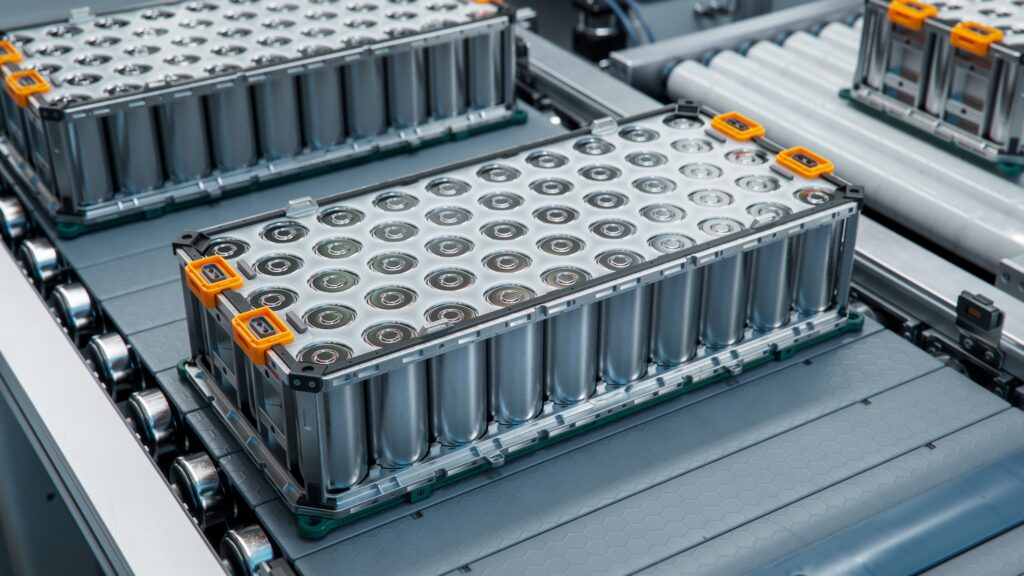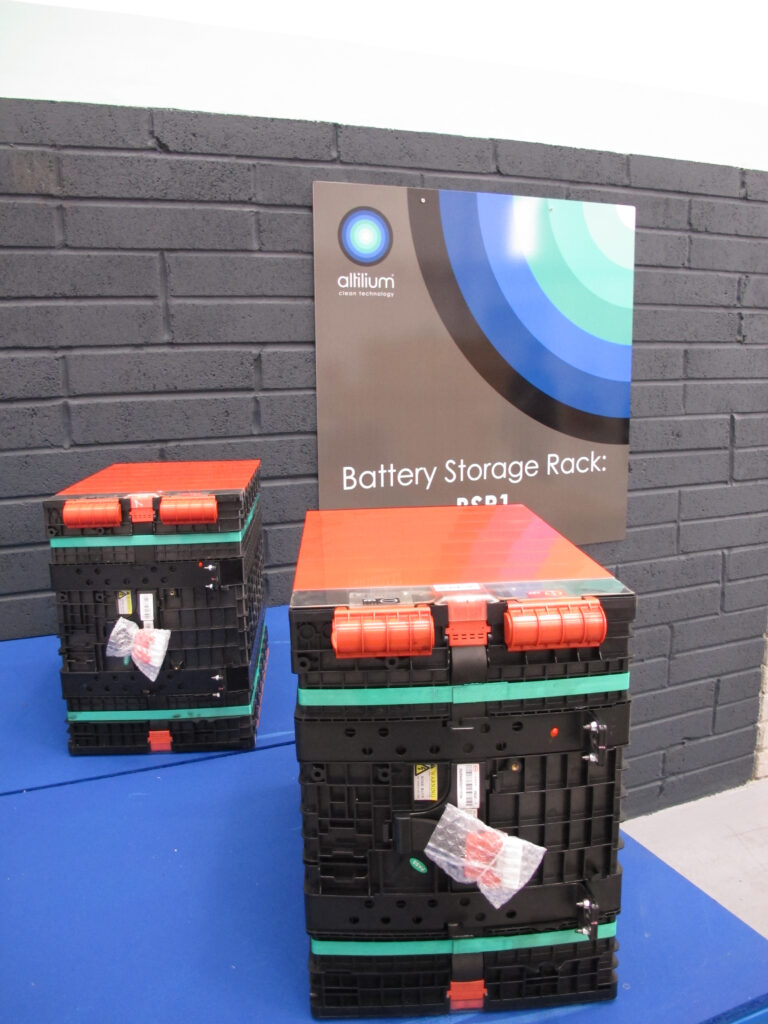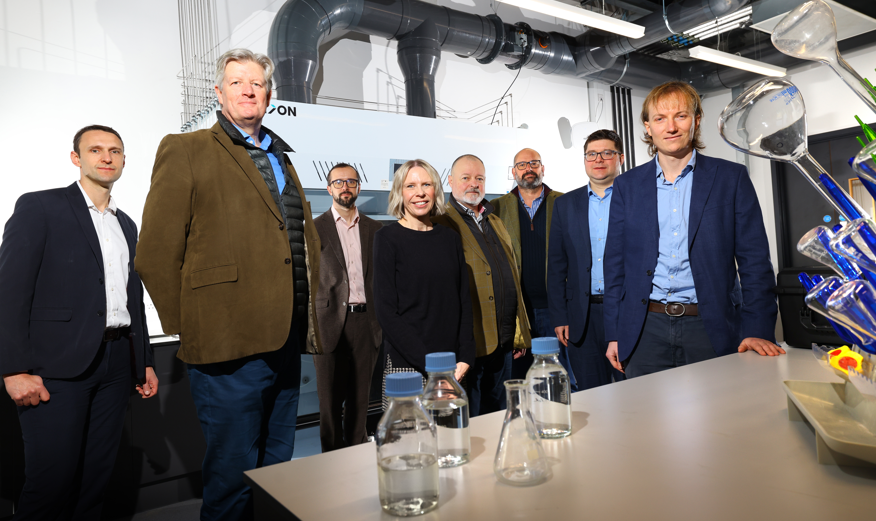The university carried out electrochemical testing of coin cells and pouch cells manufactured with recycled cathode active materials (CAM) produced at Altilium’s ACT1 facility in Devon. The materials have a cycle cell capacity of over 150 mAh.g⁻¹.
The analysis found that recycled CAM had improvements in purity, morphology and electrochemical performance which could lead to longer battery life, faster charging times and lower costs. This was compared to commercially available CAM used in high-nickel NMC 811 batteries.
The researchers also found advancements in particle size and distribution which could contribute to improved stability and cycling behaviour.
There was also evidence of the chemical and physical robustness of the recycled CAM which indicates its potential for long-term battery performance.
Altilium uses a trademarked process called EcoCathode which it claims is capable of recovering over 95% of critical metals, including lithium, from end-of-life EV batteries.
The benefits of recycled CAM
Altilium highlighted several technical advantages of CAM from recycled EV batteries versus the use of virgin materials.
Firstly, the production of recycled CAM allows for standardisation whereas virgin ore varies in quality and requires extensive refinement to remove impurities.
Recycled CAM can also retain favourable crystal structures and grain morphology. These can be leveraged during re-synthesis. The consistency of the particle sizes aids in the production of CAM with better electrochemical properties.
At the same time, recycling allows for precise adjustments in CAM composition, enabling the development of nickel-rich or cobalt-free formulations tailored for next-generation EV batteries.
Altilium is currently working with the UK Battery Industrialisation Centre (UKBIC) to produce battery cells using its recycled CAM which will be validated by “a leading automotive original equipment manufacturer (OEM).








Subscribe for free